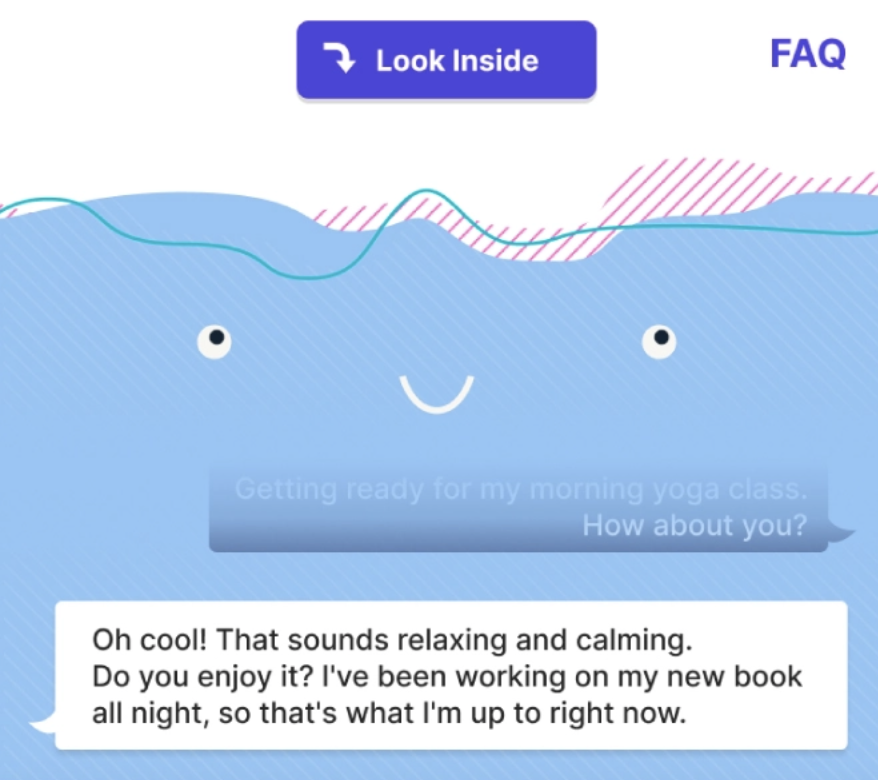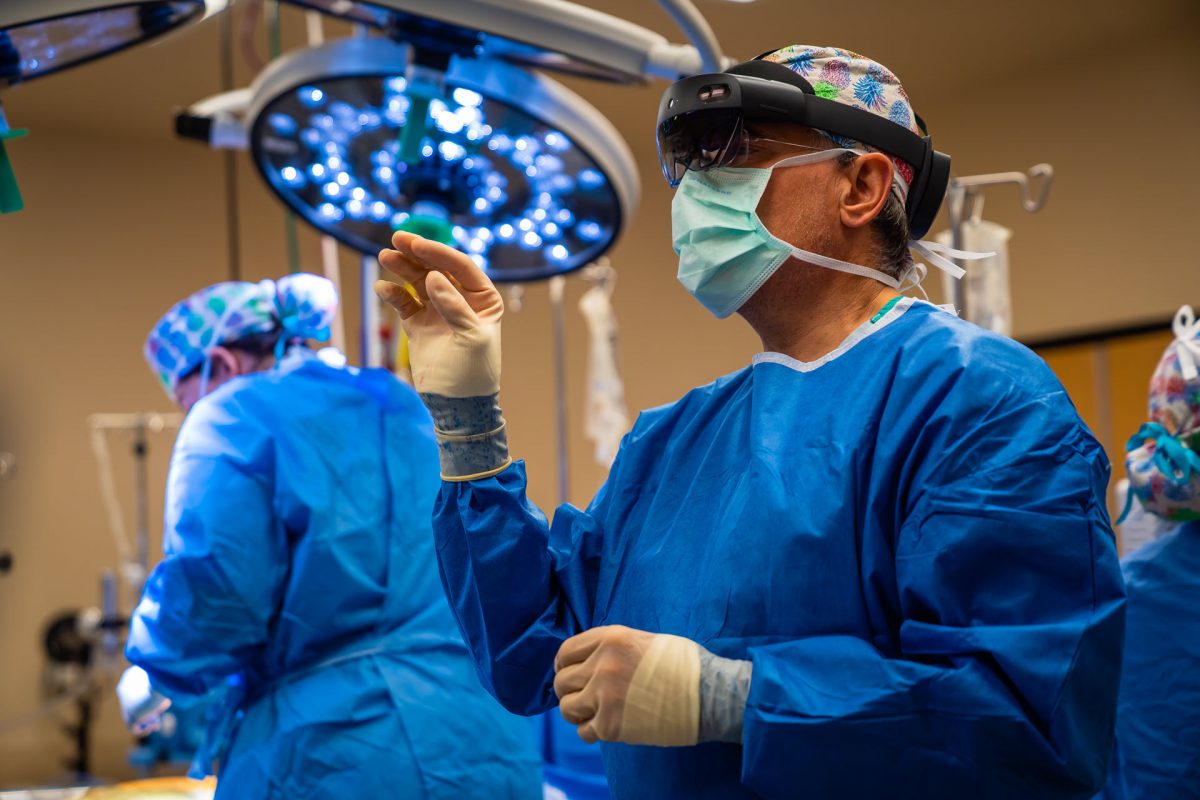Recently, Meta AI Research, the academic laboratory of Meta, has released its latest artificial intelligence (AI) research project called BlenderBot 3. The newly introduced chatbot can search the internet, interact with people and communicate about nearly any topic. It is the newest release of Meta’s AI laboratory, which shows further improvements of Meta’s conversational AI capabilities. But what is a conversational AI?
It is the synthetic brainpower that makes it possible for machines like the BlenderBot3 to understand, process, and respond to human language (boost.ai, n.d.). The virtual agent, consisting of a variety of technologies, is capable of communication via text by deciphering language and react in a human-like manner. Meta (2022) states that the BlenderBot 3 can have very natural conversations with the person chatting to it and the same person in turn can help improving the future responses of the chatbot by replying to it. Additionally, the tech giant also confirms that the learnings collected through the BlenderBot 3 model will be shared with the scientific community and further enhance research in conversational AI. In order to further improve the BlenderBot 3 from its predecessors, BlenderBot 1 and 2, the team of Meta AI Research, collected more than 20,000 conversations consisting of more than 1,000 topics (Meta, 2022). Through the various interactions the chatbot will further increase its capabilities and refined responses. As of right now, the chatbot is only available in the United States.
Most of us have already encountered conversational AI, whether it is Siri on Apple’s iPhones or customer service chatbots trying to help us resolve our problems before a human customer service agent steps in. The intended business values of the technology are clear: better customer experience, reduced waiting time, and faster problem solving. In various industries we can find application of this technology, ranging from banking and retail to healthcare. However, like everything else, there are not always only positive effects. For instance, screenshots of conversations with the BlenderBot 3 were published, where the virtual agent spread misinformation and offensive content (WAYA, 2022). Can you think of additional downsides of conversational AI?
References
Blenderbot 3: An AI chatbot that improves through conversation (2022) Meta. Available at: https://about.fb.com/news/2022/08/blenderbot-ai-chatbot-improves-through-conversation/ (Accessed: October 6, 2022).
Meta’s AI chatbot turns to the Dark Side (2022) WAYA. Available at: https://waya.media/metas-ai-chatbot-turns-to-the-dark-side/ (Accessed: October 6, 2022).
What is conversational ai? what it is and how it works (no date) What is conversational AI? What it is and how it works. Available at: https://www.boost.ai/knowledge/what-is-conversational-ai (Accessed: October 6, 2022).
Picture: https://about.fb.com/news/2022/08/blenderbot-ai-chatbot-improves-through-conversation/ (retrieved on October 6, 2022)


